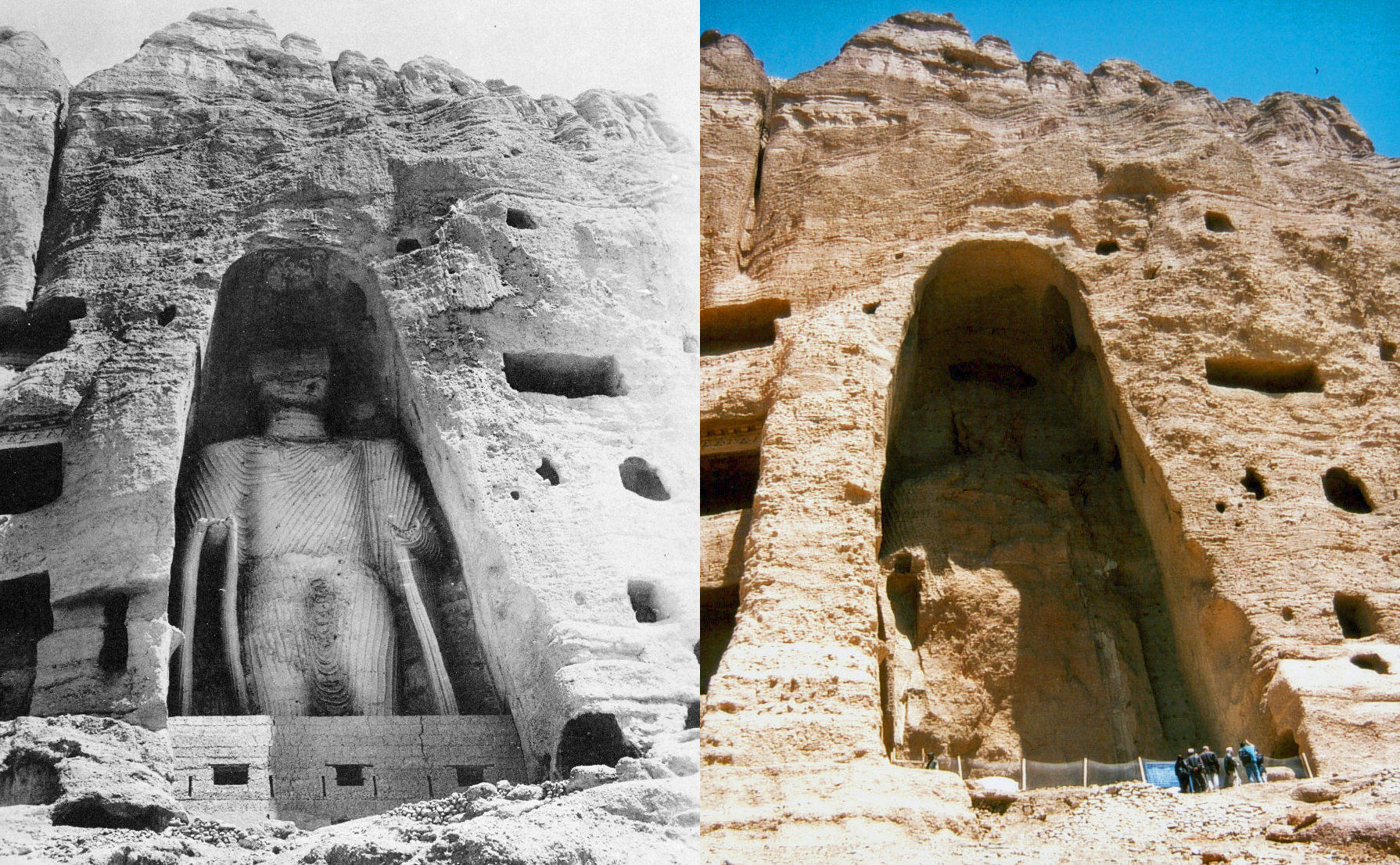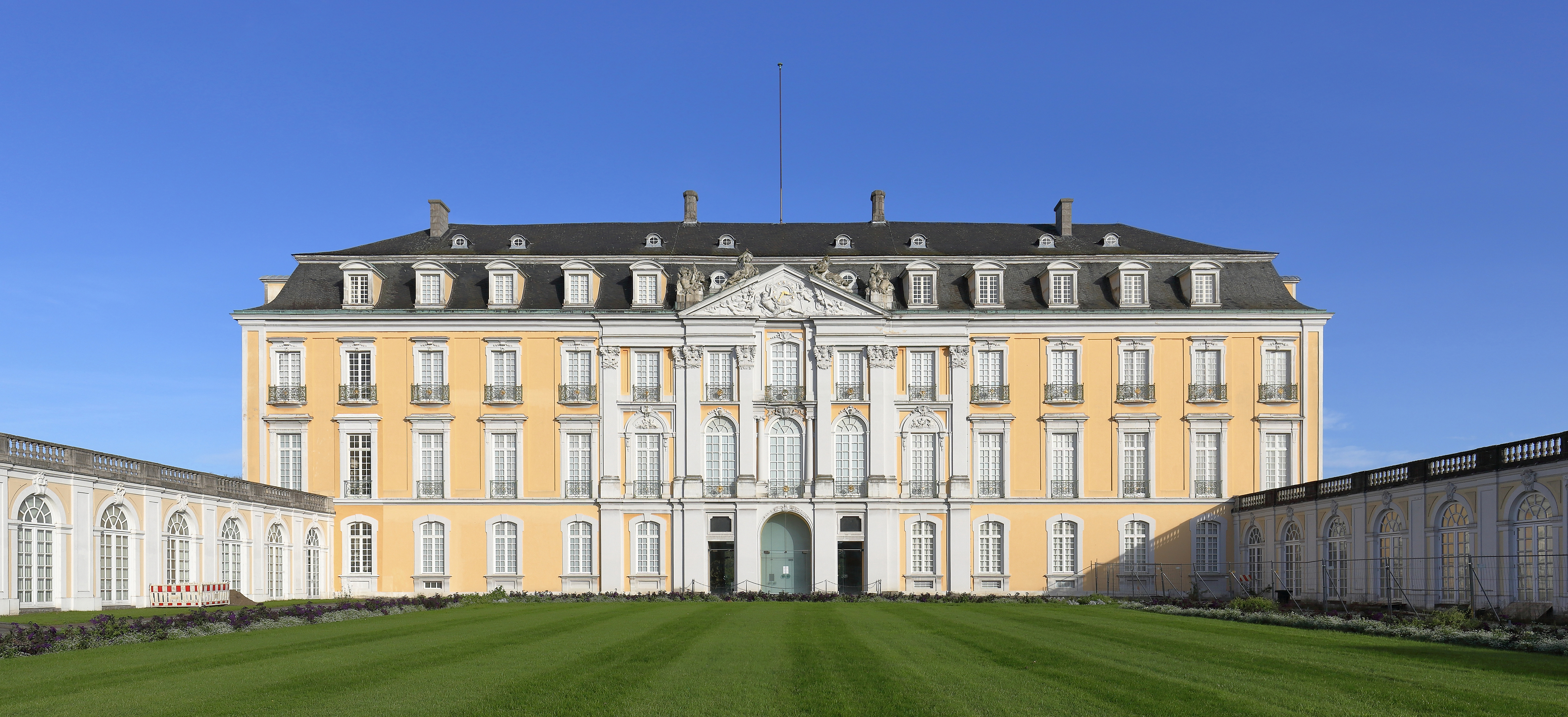There is not only a list of all world heritage sites, but also a kind of red list of endangered world heritage sites. Changes can affect the heritage to such an extent that it no longer has its original value. Whether it is neglect of care, active destruction through wars and conflicts, or urban intervention.
According to the guidelines for the implementation of the Convention for the Protection of the World Cultural and Natural Heritage, criteria for vulnerability are the following:
For cultural heritage sites:
Danger identified
- Severe deterioration of material, structure and/or ornamentation (An example from Germany: Dresden lost its World Heritage status through the construction of a bridge over the Elbe, which significantly changed the cityscape).
- Substantial loss of historical authenticity
- Considerable loss of cultural significance
 |
| The Buddha statue of Bamijan (Afghanistan), left 1928 - right after the destruction by the Taliban in 2016. (public domain, www.wikipedia.de) |
- Change in the legal status of the property which reduces the degree of its protection.
- Lack of a conservation policy
- Impending impacts of regional development projects or urban planning
- Outbreak or threat of armed conflict
- Gradual change due to geological, climatic or other environmental factors
Danger detected
- Serious decline in the population of endangered species or other species of exceptional universal value for the protection of which the World Heritage was created
- Serious damage to the natural beauty or scientific value of the site
- Human interventions at borders or headwaters threatening the integrity of the natural heritage
- Change of legal status as a protected area or lack of protection project (One example was the planned expressway through the Serengeti National Park, which would have severely affected the world-famous migrations of large herds of animals.)
- Outbreak or threat of armed conflict
- Gradual change due to geological, climatic or other environmental factors (One example is the large barrier reef in Australia, which is massively threatened by global warming.)
 |
| Wildebeest migration in the Serengeti plain picture: CC-BY-SA 4.0, Daniel Rosengren www.wikipedia.de |





















